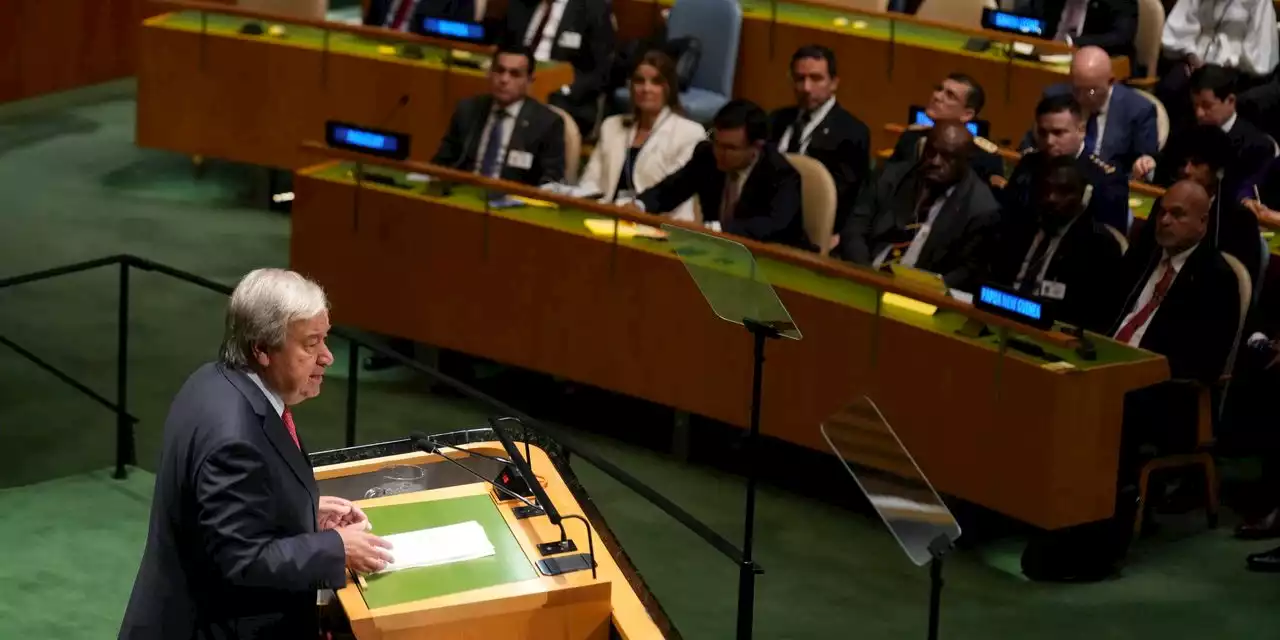At the annual meeting of world leaders last year, the U.N. chief sounded a global alarm about the survival of humanity and the planet. This year, the alarm...
At the annual meeting of world leaders last year, the U.N. chief sounded a global alarm about the survival of humanity and the planet. This year, the alarm rang louder and more ominously, and the message was even more pressing: Wake up and take action — right now.
Then came the COVID-19 pandemic in early 2020. The global response Guterres called for never happened; richer countries got vaccines and poorer ones were left waiting. At last year’s leaders’ gathering, his message was almost as dire as this week’s: “Our world is in peril and paralyzed,” Guterres said. “We are gridlocked in colossal global dysfunction.”
The big question, upon which Guterres is now laser-focused, is whether an institution born in 1945 — a time when the tools to address chaos and fragmentation were more rudimentary — can be retooled and updated to tackle today’s challenges. At a meeting Thursday to prepare, he told ministers that the pact “represents your pledge to use all the tools at your disposal at the global level to solve problems – before those problems overwhelm us.” The secretary-general said he knows reaching agreement will be difficult. “But,” he said, “it is possible.”Time, Guterres says, is against the United Nations and countries that support the return of united global action. Perhaps that is why his words grow more dire each year.
